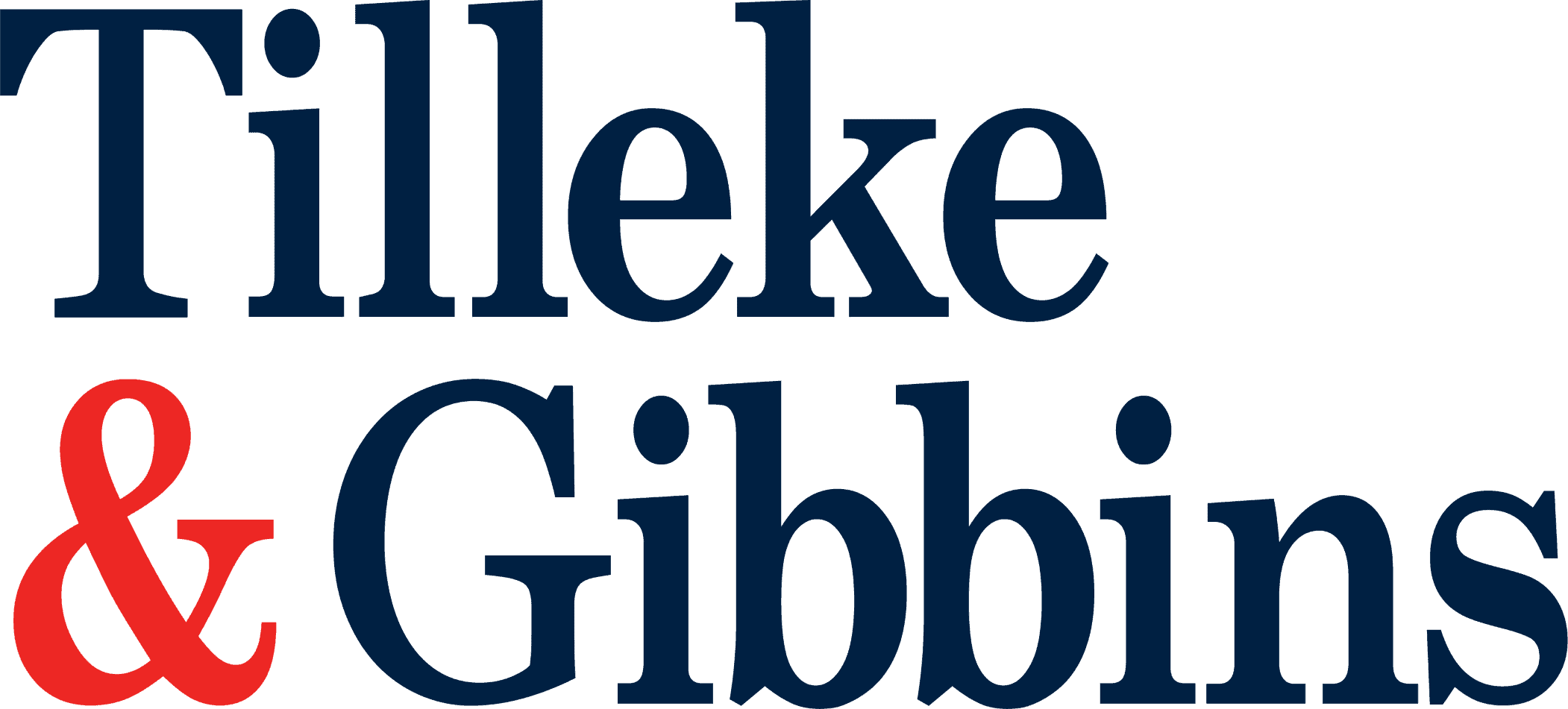
People are often pleased to see themselves or their work on television, but there are some important legal considerations pertaining to these situations. For example, in many television shows, particularly game shows, images of people may appear on the screen during a broadcast and are sometimes even used as part of the show. This situation highlights issues of whether unauthorized use of another person’s image in a television show gives rise to potential copyright infringement claims under Thai copyright law, and whether the person portrayed in the photograph has any right to prevent unauthorized use of his or her image for commercial purposes.
In order to address these issues, it is necessary to know what the law says and how it would apply to each context. In doing so, it is useful to note that this situation is underpinned by two separate legal concepts: (1) copyright and (2) the right of publicity. Though they are brought together in this context, each has its own requirements and stipulations that must be respected.
Copyright Infringement and Exception
Photographs are protected under copyright law as artistic works under Section 4 of the Thai Copyright Act. The owner of the work is generally the photographer, not the person who appears in the photograph. However, this ownership may depend on specific factors, such as employment, whether a licensing agreement exists, whether the photograph was commissioned, and so on.
Copyright owners have exclusive rights over their works, including rights of reproduction, adaptation, communication to the public, and licensing. Therefore, a copyright owner’s exclusive rights may be violated when the visual image, which is a copyrighted work, is displayed and reproduced on television without authorization from the copyright owner.
In addition, reproduction on television may also result in the infringement of rights management information if the information used to identify the owner of a copyrighted work (e.g., author name, signature, digital watermark, etc.), which appears on the work, is deleted or modified.
Nevertheless, there is an exception under Section 39 of the Thai Copyright Act stating that the photographing, filming, or broadcasting of a work of which an artistic work is a component shall not be deemed an infringement of copyright in the artistic work. However, in order to qualify for this exception, the use of others’ images on television shows must strictly meet the following conditions:
- The photograph must not be reproduced or adapted from the original. This is because the exception under Section 39 is limited to photographing, filming, or broadcasting an image that constitutes an original artistic work.
- The photograph itself must not be a work that infringes any other person’s copyright.
- The photograph must be used as a component part of the principle action on a television show, not as an essential element of the show.
Normally, permission is required if a photograph to be used is considered a “substantial part” of the show. However, there is no explicit rule regarding how much of a work may be used without prior permission. Exactly what constitutes a “substantial part” will be considered on a case-by-case basis, depending on the nature of the show and the particular circumstances (e.g., whether the photograph featured on the show is the principal object of attention).
Right of Publicity
In some jurisdictions, extra caution should be taken when using a public figure’s portrait in a television show without their consent in order to gain some commercial benefit. This is because many countries recognize that a person’s image contains economic value that is supposed to be the result of the person’s own efforts. Each person is entitled to the right to use, control, and forbid unauthorized commercial usage of their own image, which is called “the right of publicity.”
Although the right of publicity is often associated with public figures, every individual has a right to prevent unauthorized use of his or her image for commercial purposes. Right-of-publicity lawsuits are usually brought by public figures simply because those high-profile individuals are able to demonstrate that their identity has commercial value.
In Thailand, there is no unified or dedicated regulatory framework regarding the right of publicity. Ownership of the copyright in a photograph of a public figure belongs to the person who created the image, subject to the conditions that the photographic work must not be illegally created and must not be an unlawful work, which is contrary to the public order or good morals.
However, a public figure, or a private individual, whose image appears on television currently has a reasonable expectation to the right of privacy, which is implied under the Constitution of the Kingdom of Thailand.
Furthermore, unauthorized use of an individual’s image could be claimed to violate Section 420 and Section 421 of the Civil and Commercial Code, if the person making the claim can prove that financial damage occurred due to the unauthorized exploitation of his or her image, which would be considered a wrongful act.
Best Practices
To be on the safe side, it is best for television show producers to stay within the boundaries of the copyright law by getting prior permission from the copyright owner for the use of photographic works. Additionally, to avoid unnecessary problems in proving that a person’s image was not used in a manner that infringes the subject’s right to privacy or commercial value, prior written agreement between the parties should be secured, as using a person’s image without authorization is not worth the risk of a legal battle. While it can be impractical or even impossible to obtain written permission from every person included on film—especially when such inclusion is incidental—a clear understanding of the law in this area will help responsible parties to achieve the right balance between hyper-vigilance and negligence resulting in copyright infringement or violation of a person’s right of publicity.

